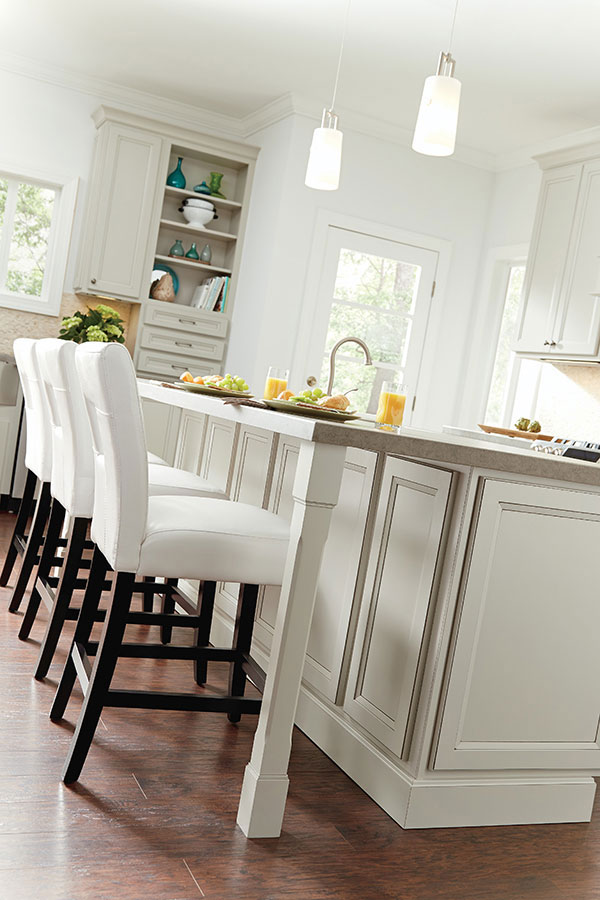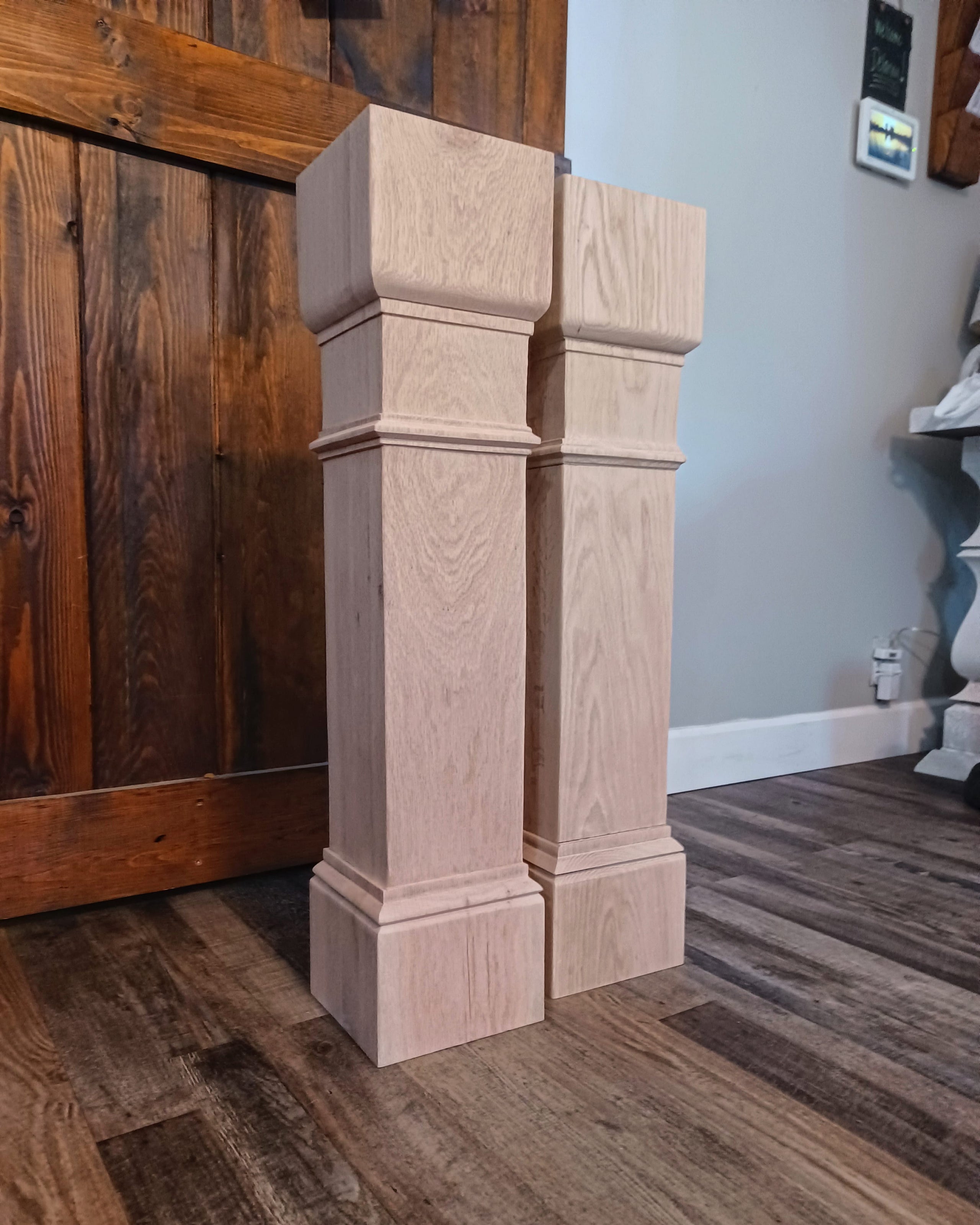Change Your Kitchen's Appearance with One-of-a-kind Legs For Kitchen Island Devices
Change Your Kitchen's Appearance with One-of-a-kind Legs For Kitchen Island Devices
Blog Article
An Overview to Choosing the Perfect Legs For Kitchen Area Island for Your Home
Picking the optimal legs for your cooking area island is a nuanced decision that impacts both the performance and aesthetic allure of this central space. Elements such as elevation, products, and design play a critical role in balancing your island with the total cooking area layout. Additionally, understanding the value of security and upkeep can significantly affect your option. As you take into consideration these elements, it becomes evident that the best legs can transform not only the look of your cooking area however additionally its use for several years to find. What certain attributes should you focus on in this choice procedure?

Recognizing Kitchen Island Legs
When picking legs for a kitchen island, it's necessary to comprehend their visual and functional functions in the total design. The legs serve as a crucial support system, making certain stability and toughness for the island, which frequently works as a work space, dining area, or collecting spot. For that reason, the selection of product and construction method have to be robust enough to withstand day-to-day use and potential wear.
In enhancement to their architectural duties, legs add significantly to the island's aesthetic allure. They can boost the kitchen's style, whether through conventional, contemporary, or eclectic styles. The height and proportion of the legs are likewise vital factors to consider; they need to integrate with the island's kitchen counter elevation while making certain comfy seating for those making use of the room.
In addition, the leg layout can affect the total circulation of the kitchen area. Open, airy leg styles can create a feeling of agility, while strong, considerable legs may convey a more based and secure visual - Legs For Kitchen Island. Comprehending these aesthetic and functional facets will certainly assist property owners in making notified choices that enhance their cooking area's style and enhance its use
Popular Styles and Materials
The selection of legs for a cooking area island includes a variety of popular styles and materials, each offering special attributes that can improve both performance and aesthetic appeals. Typical legs normally exhibit elaborate details and craftsmanship, boosting traditional kitchen area layouts.

Height and Security Factors To Consider

The legs of the kitchen area island need to supply adequate support, making certain that the structure can hold up against everyday usage without shifting or wobbling. Product selection plays a considerable role in stability; steel legs, for instance, have a tendency to supply greater stamina contrasted to wood.
Matching Your Kitchen Area Visual
Picking the right legs for your kitchen island goes beyond performance; it likewise plays a considerable my review here function in the general visual of the room (Legs For Kitchen Island). When picking legs, take into consideration the layout style of your cooking area.
Legs that complement or comparison with your island's surface area and surrounding cabinetry can develop visual consistency or striking focal factors. In addition, take into consideration the coating of the legs; matte, glossy, or textured surfaces can considerably impact the total feeling of the kitchen.
Installation and Upkeep Tips
Mounting kitchen island legs calls for careful focus to detail to make sure both stability and aesthetic allure. Use a stud finder to find wall surface studs if you are connecting the legs to a wall surface or using braces for added support.
When securing the legs, make use of high-quality screws and, if required, wood glue for additional toughness. For steel legs, ensure that you are making use of ideal anchors and devices to stop damages to your floor covering. It is a good idea to check for levelness after setup, making adjustments as needed to avoid tottering.
Maintenance is similarly vital for long life - Legs For Kitchen Island. Consistently check the legs for any indicators of wear or helping to loosen, particularly in high-traffic areas. my website Clean the legs Our site with a suitable cleaner, avoiding unpleasant products that may scratch the surface. For wood legs, consider using a timber conditioner occasionally to keep their finish. By complying with these installment and upkeep suggestions, you can ensure that your cooking area island legs remain both practical and visually attractive.
Conclusion
In conclusion, picking the appropriate legs for a cooking area island requires careful consideration of height, security, and aesthetic compatibility. By selecting appropriate products and styles that align with the general kitchen area layout, performance can be boosted while keeping visual appeal. Appropriate setup and ongoing maintenance additionally add to the toughness and durability of the kitchen island. Ultimately, thoughtful leg choice plays an important duty in elevating both the practicality and layout of the kitchen area space.
When picking legs for a kitchen island, it's vital to comprehend their practical and visual roles in the overall design. Open, airy leg designs can develop a feeling of agility, while solid, substantial legs might share a more based and stable visual. The legs of the kitchen area island ought to provide sufficient support, making sure that the structure can withstand day-to-day use without moving or wobbling.Mounting kitchen island legs requires careful interest to information to make certain both security and aesthetic charm.In conclusion, choosing the suitable legs for a kitchen area island requires mindful consideration of elevation, security, and aesthetic compatibility.
Report this page